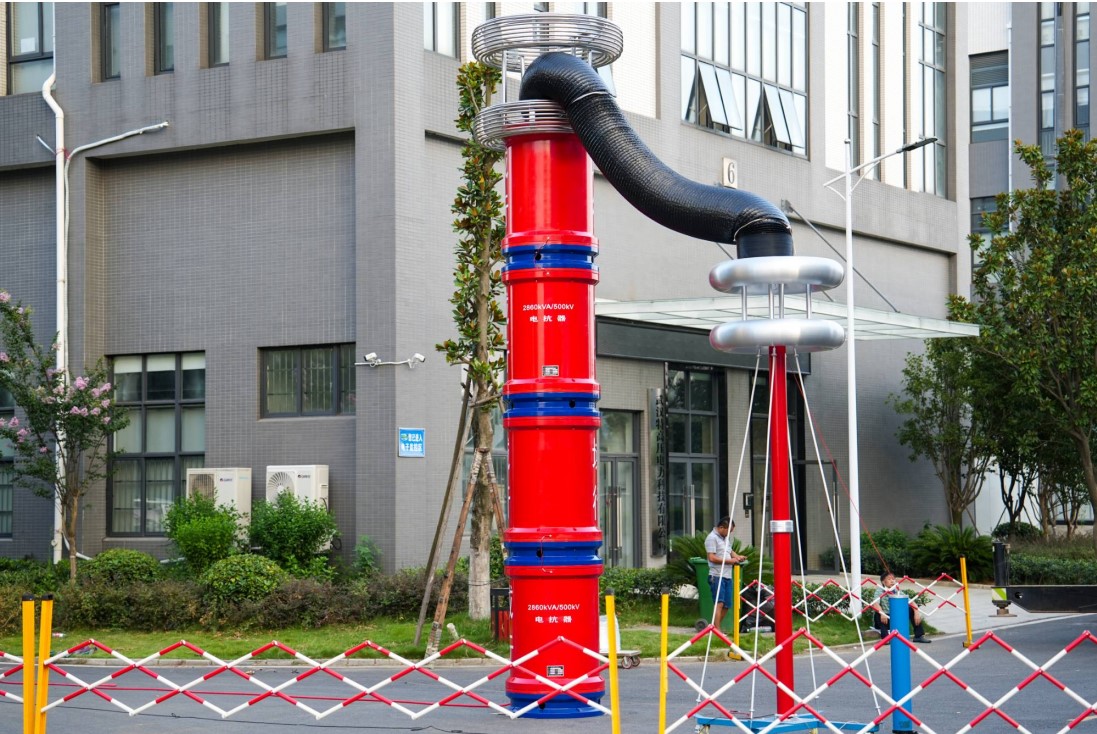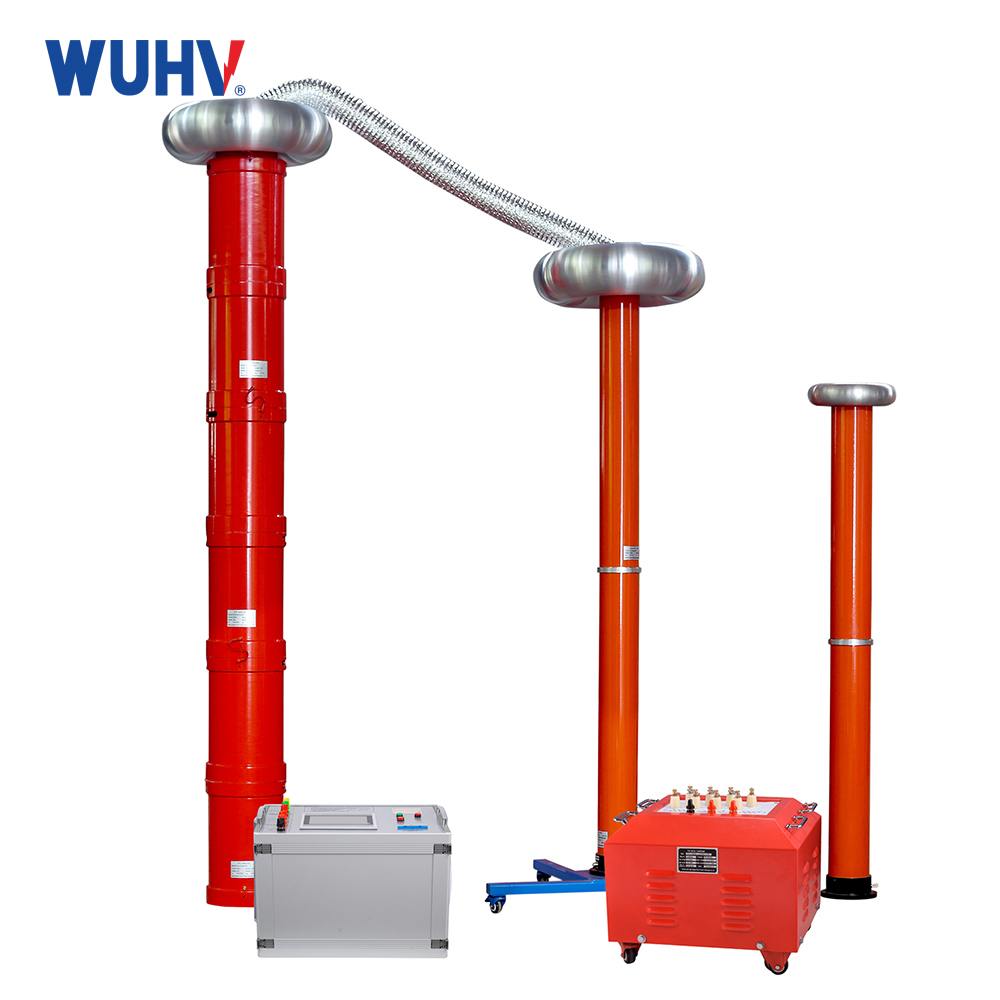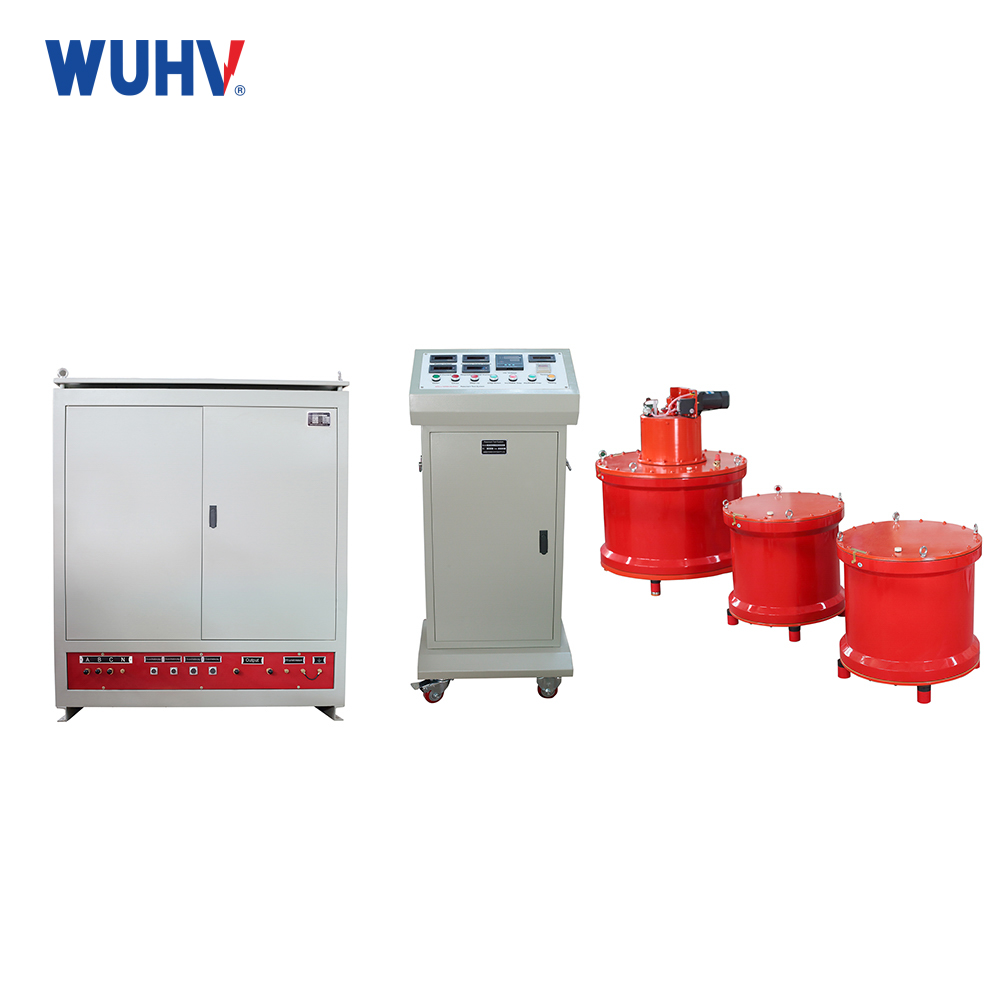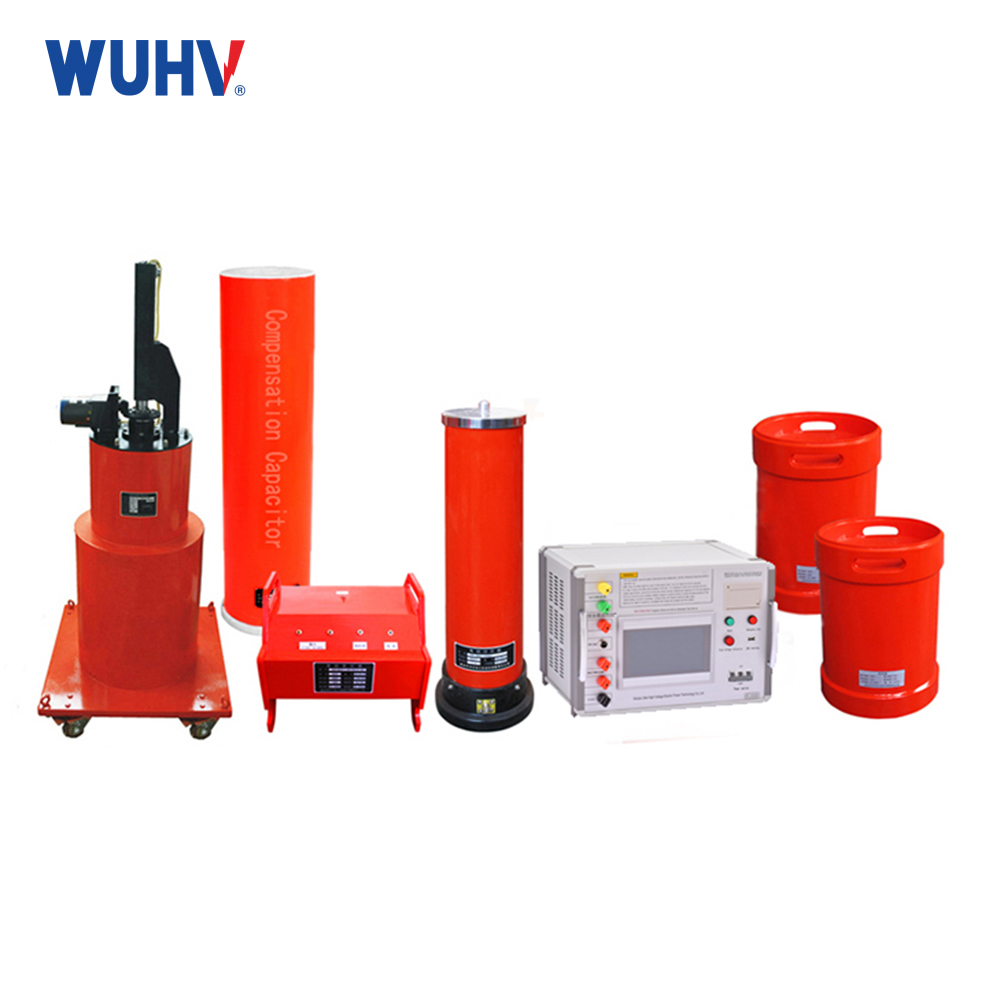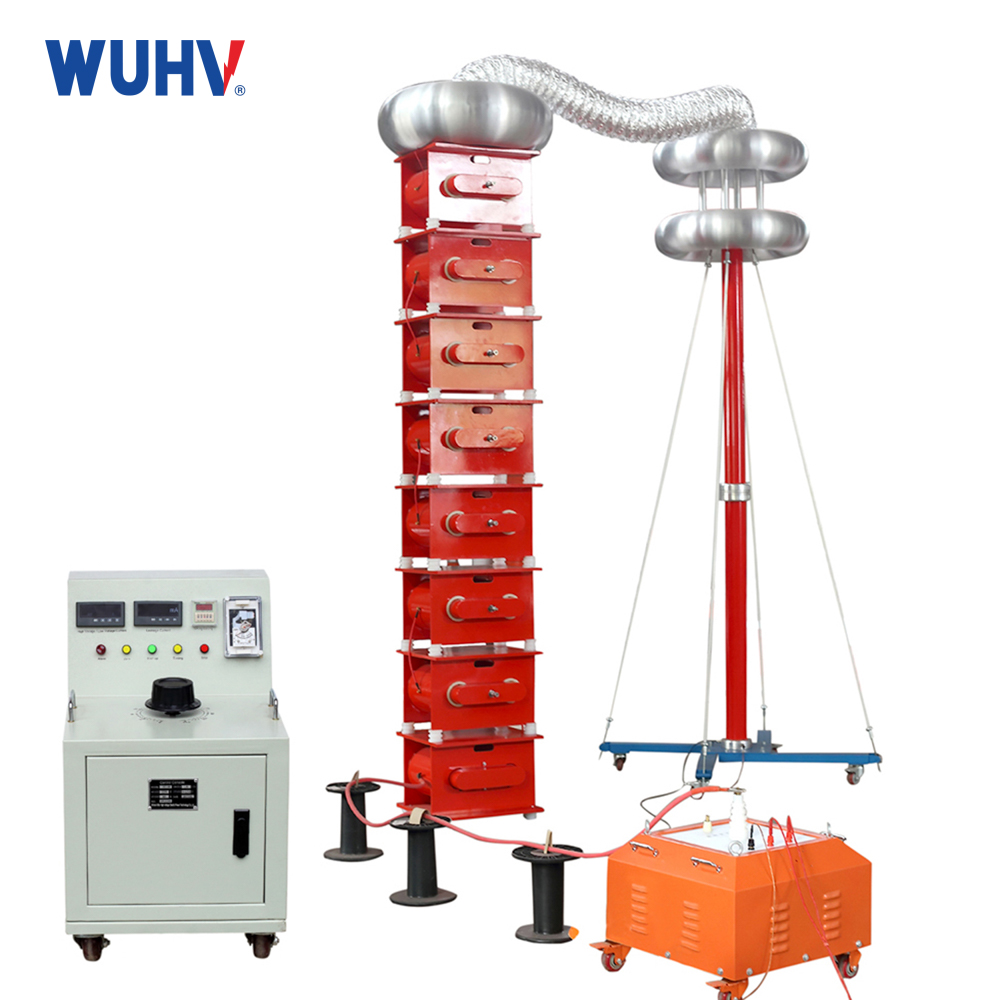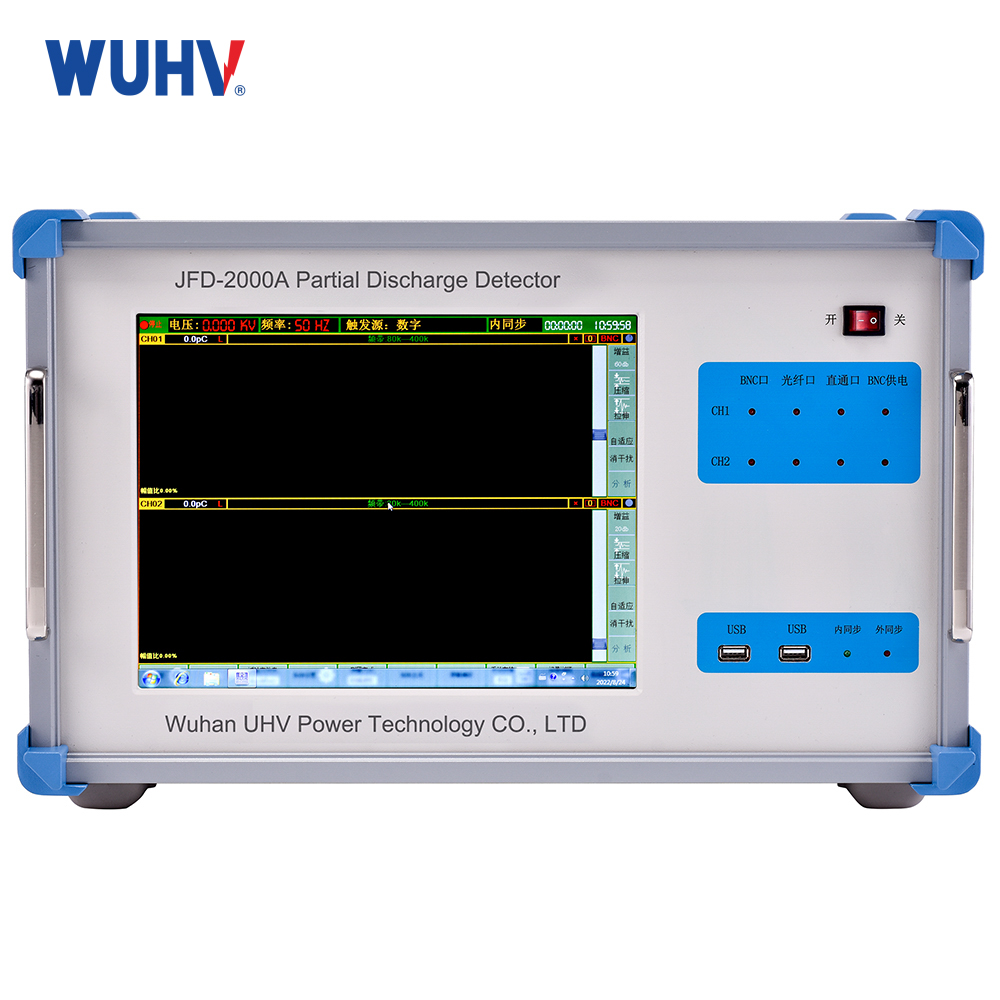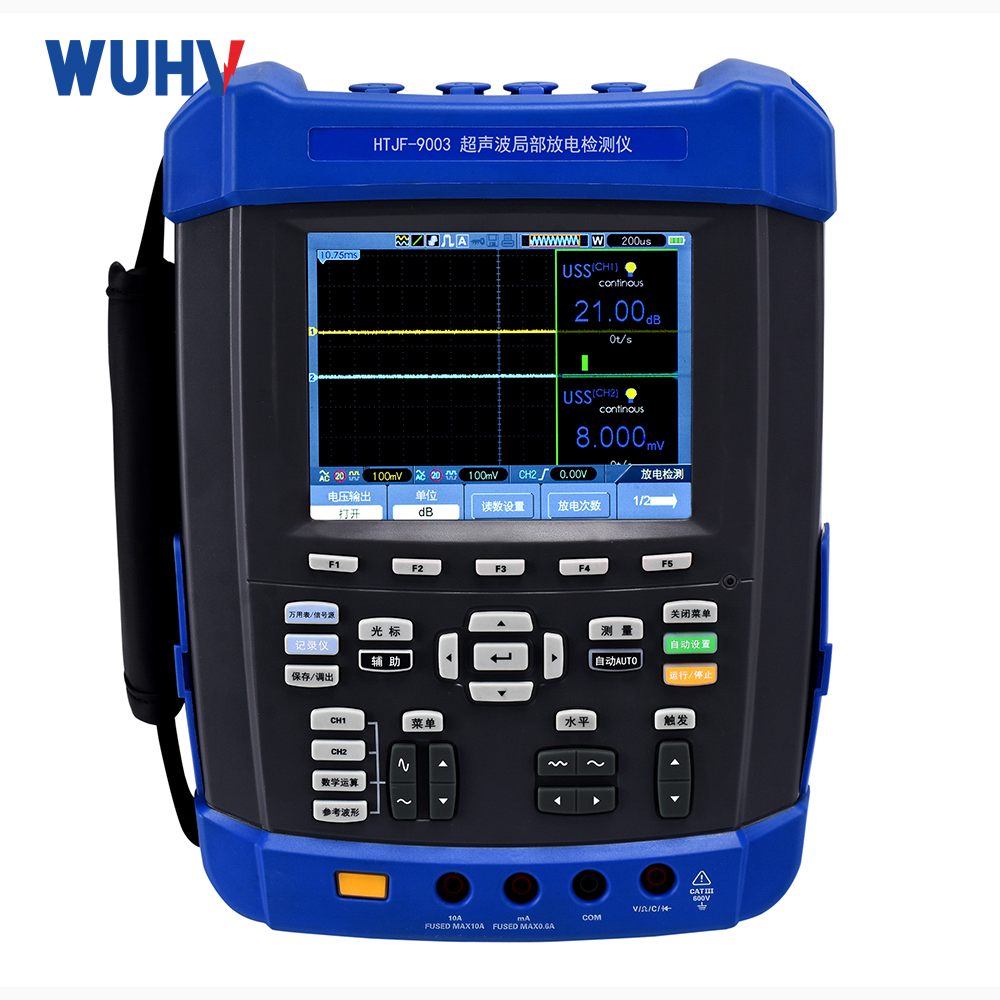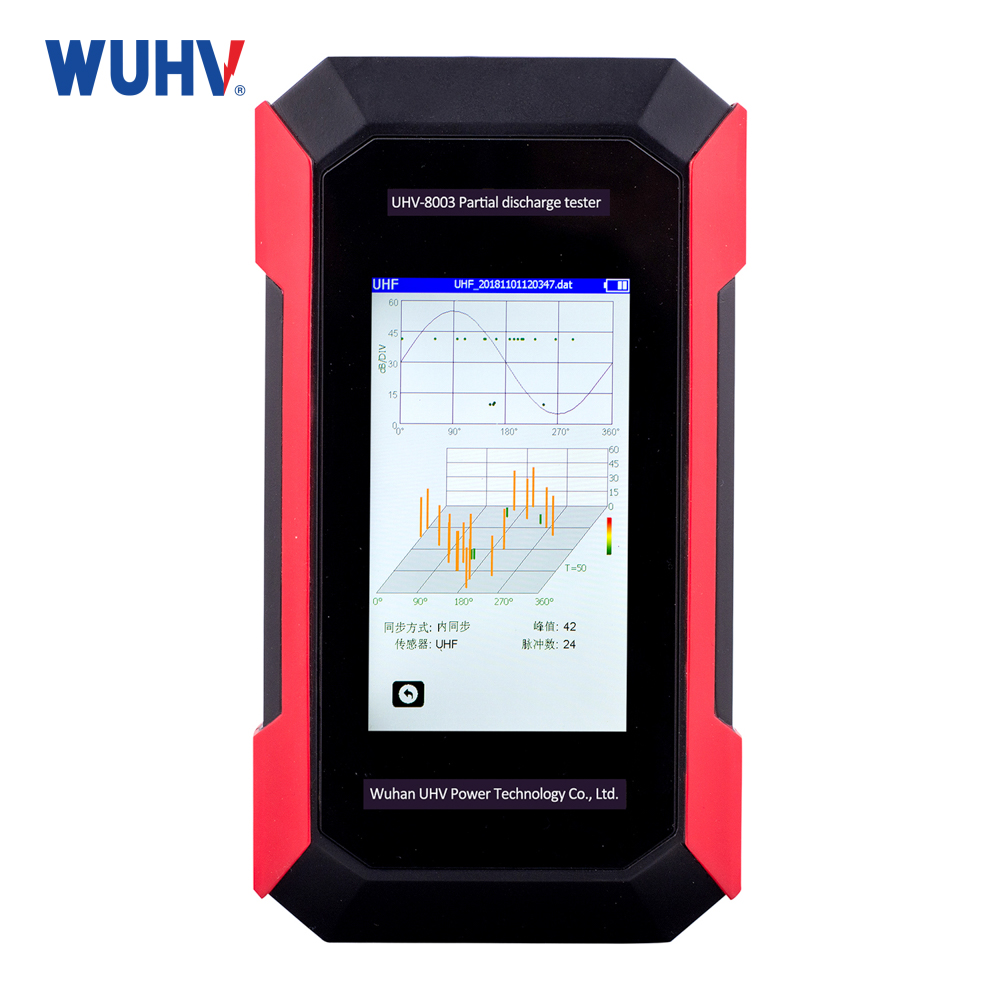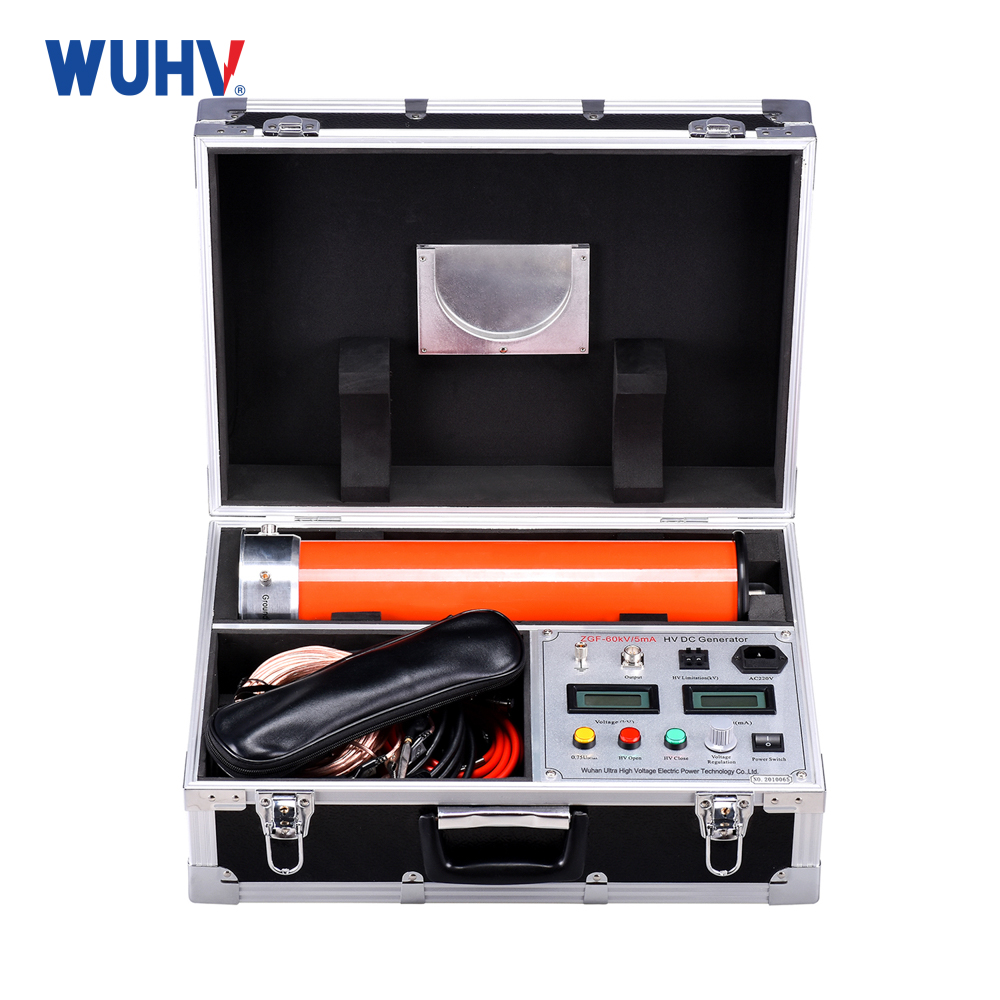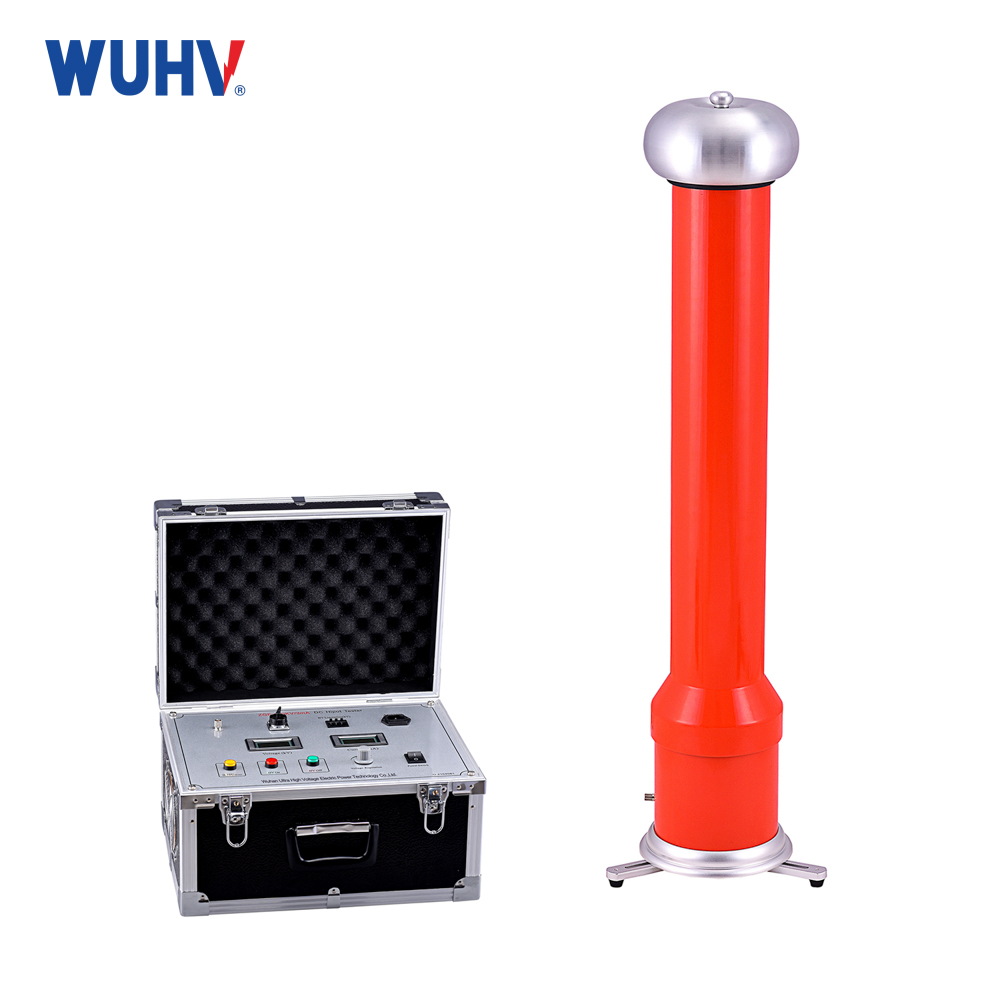The complete set offrequency conversion series resonance test equipmentmainly refers to the voltage and current of the series circuit reaching the same phase, that is, the inductance reactance of the inductor and the capacitance reactance of the capacitor in the circuit are equal, making the circuit exhibit pure resistance characteristics. Under the given terminal voltage, a large current will occur in the circuit, and the active power consumed in the circuit will also be large. This article introduces the formula for the complete set ofvariable frequency series resonance test equipment.
The imaginary part of the impedance of thefrequency conversion series resonance testing devicecircuit is equal to 0. So Z=R+jX, X=0, Z=R, so I=U/Z=U/R.
1. Resonance definition: The energy of components L and C in a circuit is equal. When one reactive element in the circuit releases energy, the other reactive element must absorb the same energy. In other words, resonance occurs between the two reactive elements.
2. The circuit generates resonance. There must be two components: inductor L and capacitor C.
3. When resonating, the corresponding frequency is the resonant frequency or resonant frequency, represented by fr.
4. The condition for a series resonant circuit is the resonance condition for an RLC series circuit when xl=xc.
5. Whether it is series resonance or parallel resonance, when resonance occurs, complete energy exchange is achieved between L and C. That is to say, the released magnetic energy is completely converted into electric field energy stored in the capacitor, and at another time, the capacitor discharges and is then converted into magnetic energy stored in the inductance.
6. In a series resonant circuit, due to the same current flowing through L and C in series, energy exchange occurs with the change of voltage polarity. In a parallel circuit, the voltage across L and C is the same, and energy conversion indicates that the current phases of the two components are opposite.
7. Inductance and capacitance are still two separate components during resonance. Otherwise, energy exchange cannot be carried out, but from the perspective of equivalent impedance. It becomes an element, with a resistance value of zero or infinity.


